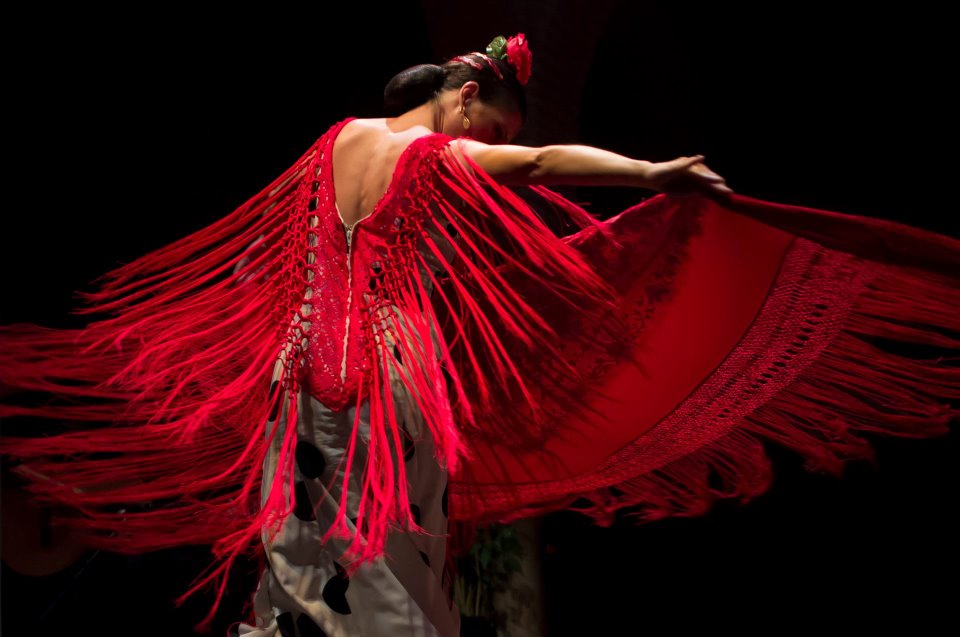Flamenco is one of the most characteristic elements of Spanish culture.
An art that integrates dance, singing and guitar music.
Flamenco is an artistic expression born of the mixture of many cultures: the Arab, the Jewish, the gypsies (who came to Spain in the fifteenth century and many stayed in Andalusia). And with the Andalusian culture.
From that cultural hodgepodge that occurred in Andalusia came Flamenco.
The cradle of flamenco was Andalusia. This art began and developed, which, over time, has spread, becoming a universal artistic manifestation.
Its main facets are singing, playing and dancing, also counting on its own traditions and rules.
As we know it today dates from the eighteenth century, and there is controversy about its origin, because although there are different opinions and aspects, none of them could be proven in a historical way.
Although the dictionary of the RAE associates it especially to the gypsy ethnic group, it is more than perceptible the fusion of the different cultures that coincided in the Andalusia of the time.
Of all the hypotheses about its origin, the most widespread thesis is that which exposes the Moorish origin, only that the cultural miscegenation that occurred then in Andalusia: natives, Muslims, Gypsies, Castilians and Jews; propitiated its creation.
In fact, it already existed in the region of Andalusia its germ long before the gypsies arrived, also taking into account that there were gypsies in other regions of Spain and Europe, but flamenco was only cultivated by those who were in Andalusia.
In November 2010, UNESCO declared it Intangible Cultural Heritage of Humanity.
Discover and enojoy it during your trip to Spain!


Leave A Comment